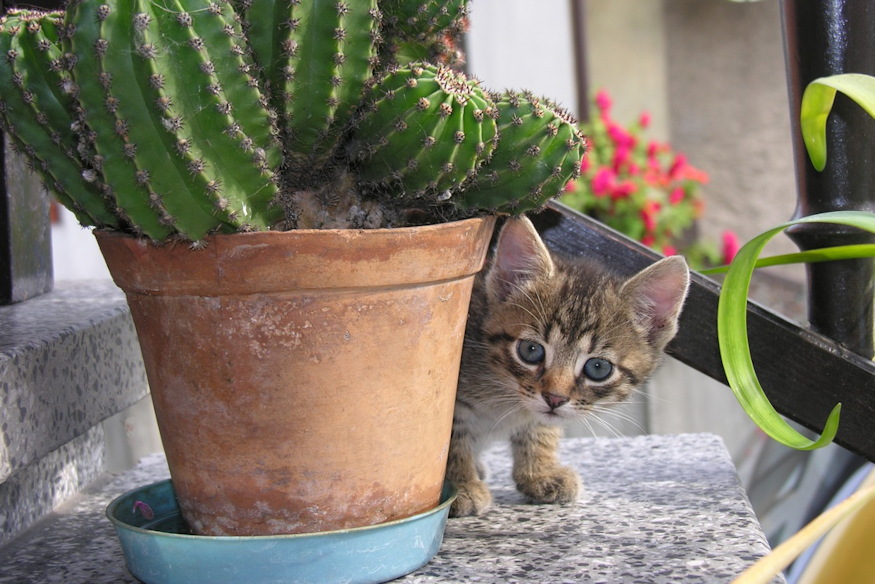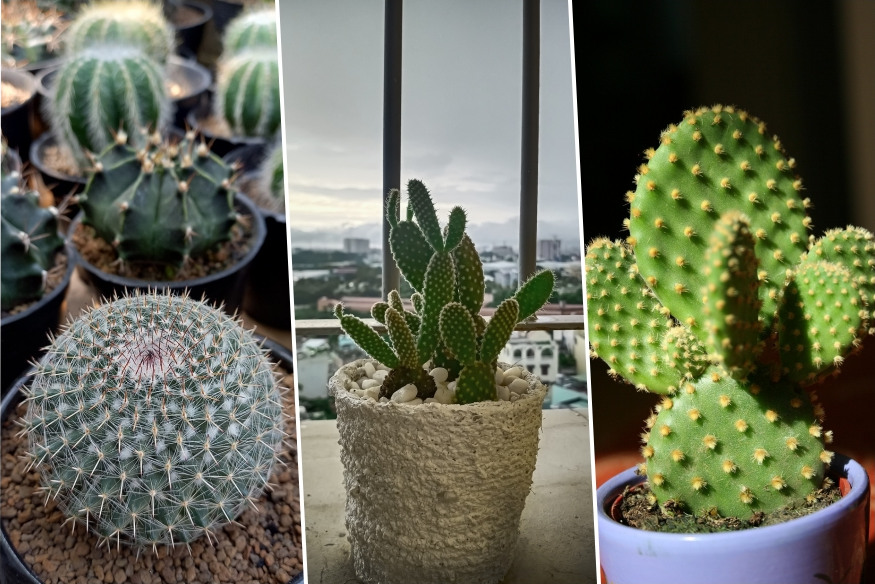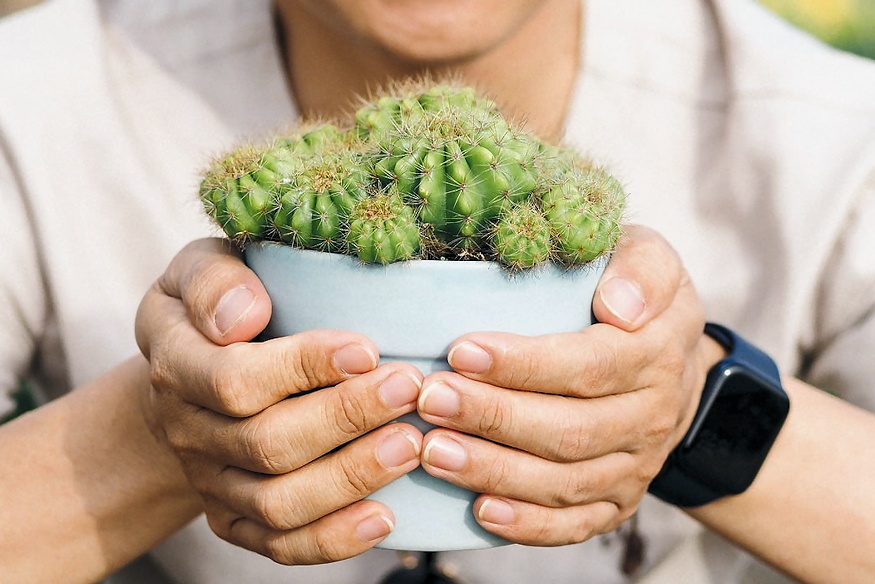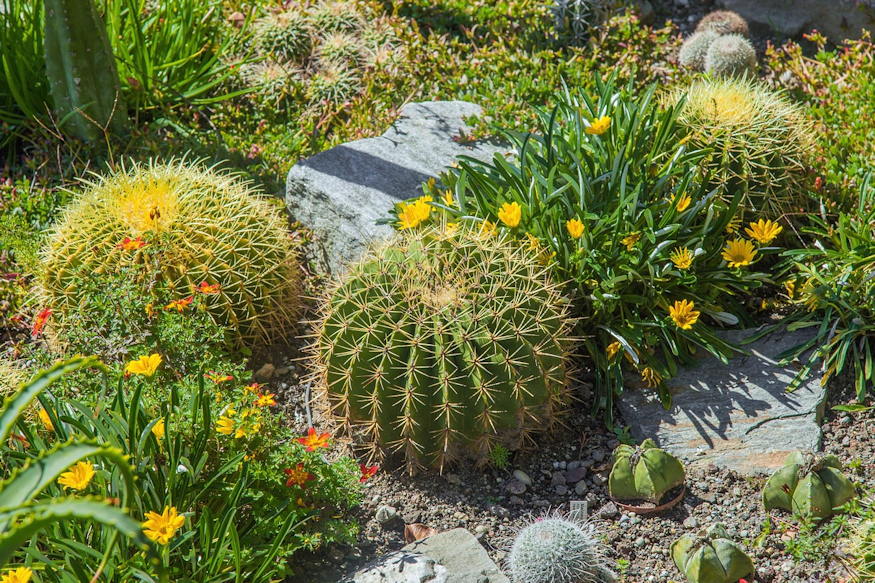Cacti, with their stunning flowers and resilience in arid climates, are treasured by many as indoor and outdoor companions. But when the chill of winter sets in, it’s time to provide these desert darlings with a warm shelter. In this guide, we’ll explore the essential steps to ensure your potted cacti not only survive but thrive during the colder months. Discover the secrets of successful cacti overwintering, from proper storage conditions to adjusting their care routines.
Preparing Your Cacti for Overwintering
Most cacti hail from arid regions with abundant sunlight, where rainfall is a rare occurrence. To help them thrive in temperate climates, here’s what you need to do:
- Early Relocation: When the temperature drops to 0 °C or below, it’s time to usher your cacti indoors for the winter. These heat-loving plants cannot withstand cold temperatures.
- Hold Off on Water and Nutrients: One key to a successful overwintering is to suspend watering and nutrient supply. Cacti can endure in their dry planting medium throughout the winter months. In their natural habitat, many cacti go for months without a sip of water.

Creating the Ideal Environment for Overwintering Cacti
After you’ve brought your cacti indoors, it’s crucial to provide them with the right conditions to enter a dormant phase, allowing them to conserve energy for the spring awakening:
- Low Light and Cool Temperatures: Find a dimly lit spot with a temperature range of 4 to 12 °C (39 to 54 °F). Ideal locations include unheated stairwells, basements, or even a well-insulated garage. The reduced light and cooler temperatures will encourage your cacti to enter a semi-dormant state, mimicking their natural environment during the winter months.

Transitioning Your Cacti Back to Spring
As the winter months come to a close, it’s time to prepare your cacti for their return to the world of sunshine and warmth:
- Gradual Reacclimation: Once the threat of frost has passed and spring begins, gradually reintroduce your cacti to light and rising temperatures. Start with short periods of exposure to sunlight and progressively increase the time outdoors. This gradual transition will help prevent sunburn and stress on your plants.

Additional Tips for Overwintering Success
- Pest Management: Keep a watchful eye for pests that may infest your cacti during the winter. Scale insects and spider mites are common culprits. Regularly inspect your plants and take action if you spot any unwanted visitors.
- Protection from Extreme Cold: If your region experiences exceptionally cold spells, consider providing additional protection by wrapping your potted cacti with bubble wrap or frost cloth to insulate them from the harsh temperatures.

Nurturing Nature’s Spiky Gems: Bringing Cacti Through the Winter
Overwintering your potted cacti is a rewarding task that ensures your prickly companions stay healthy and vibrant, year after year. By understanding their unique needs and creating the right environment, you can look forward to those breathtakingly fragrant blooms and thriving cacti come springtime. Embrace the art of cacti care, and your desert beauties will thank you with their resplendent displays.









